18 Frozen Foods You Should Skip For The Sake Of Your Health
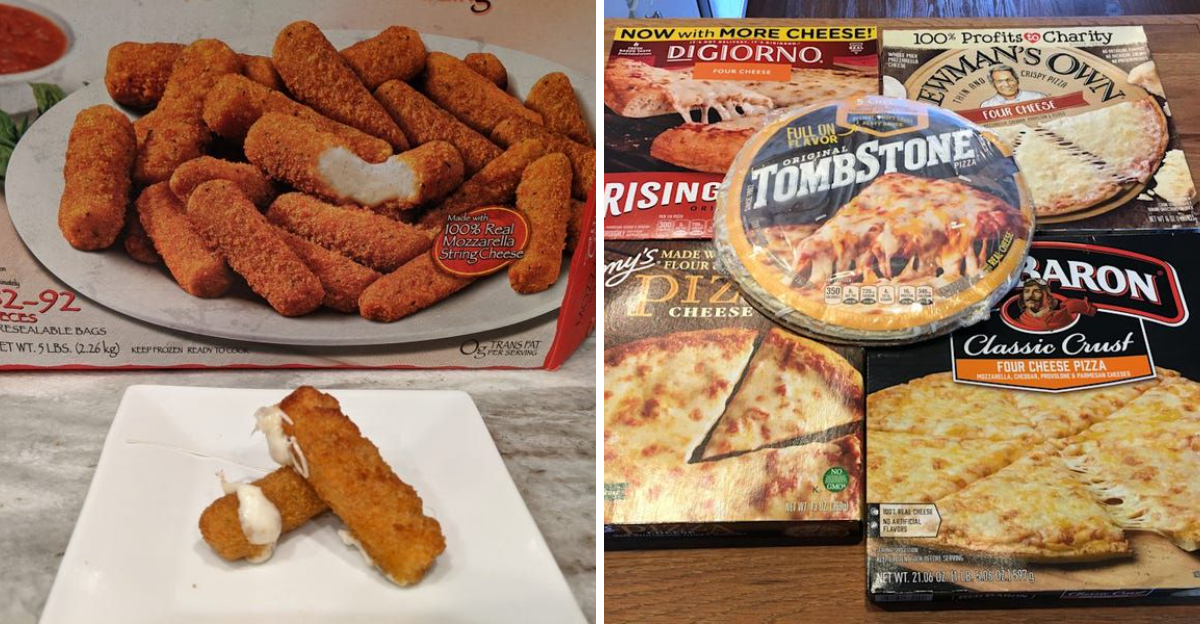
Here are 18 frozen foods you may want to skip for the sake of your health. Many of these options are highly processed, loaded with sodium, added sugars, unhealthy fats, or preservatives that offer convenience but little nutritional value. Choosing fresh, whole ingredients whenever possible can enhance your diet and overall wellness.
1. Frozen TV Dinners

Frozen TV dinners often look like a quick solution for meals, but they hide a world of preservatives and sodium. These meals, especially those drenched in creamy sauces, can leave you feeling sluggish rather than satisfied. The convenience of popping it in the microwave might seem tempting, but your health deserves more than an assembly line of artificial ingredients. Choose fresh over frozen and discover how delightful a homemade meal can be. With a bit of planning, you can enjoy something tastier and healthier.
2. Microwavable Breakfast Sandwiches
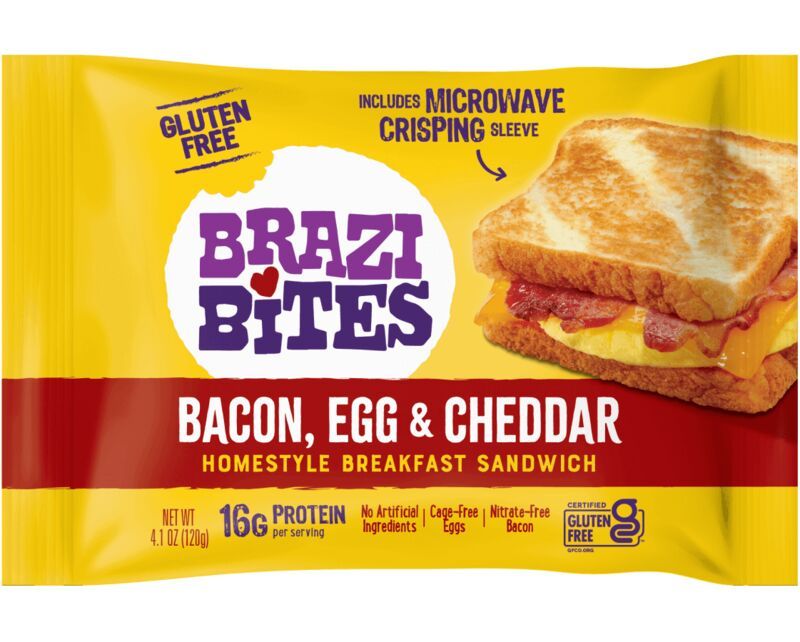
Microwavable breakfast sandwiches seem like a fast start to the day, yet they come with hidden health costs. Loaded with processed meats like bacon or sausage, these sandwiches offer minimal fiber and fresh ingredients. The high sodium and saturated fat content might give a quick energy boost, but it’s not sustainable. Replacing this quick fix with a homemade version lets you control what’s inside. Incorporate more fresh veggies and whole grains for a balanced, nutritious breakfast.
3. Frozen Pizza (Especially with Thick Crust or Extra Cheese)
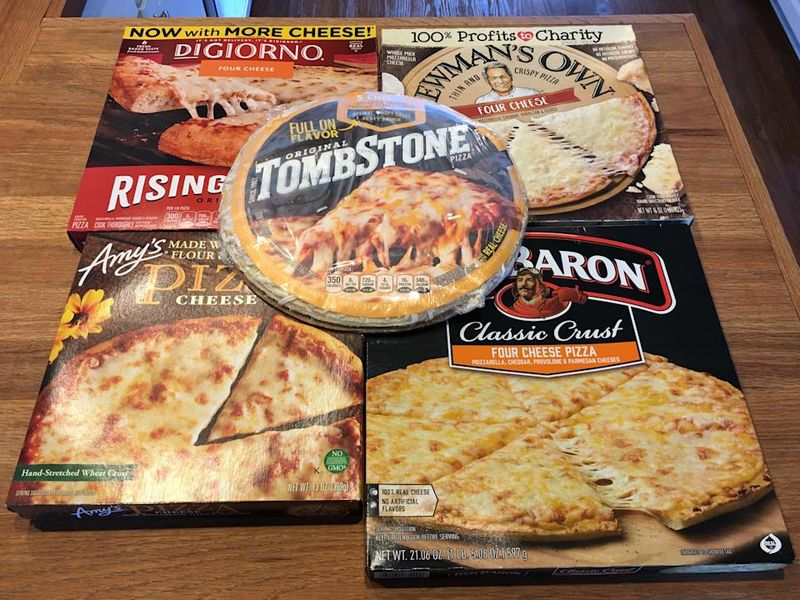
Frozen pizzas, especially those boasting thick crusts and extra cheese, are often a dietary pitfall. Rich in refined carbs and saturated fats, these pizzas frequently lack nutrient-rich toppings. The allure of a quick meal can be strong, but a homemade pizza with whole-grain dough and fresh toppings offers a healthier and satisfying alternative. By skipping the frozen aisle, you gain control over the ingredients and portion size, allowing you to tailor your pizza to better suit your health goals.
4. Frozen Breaded Chicken Products (e.g., nuggets, patties, tenders)
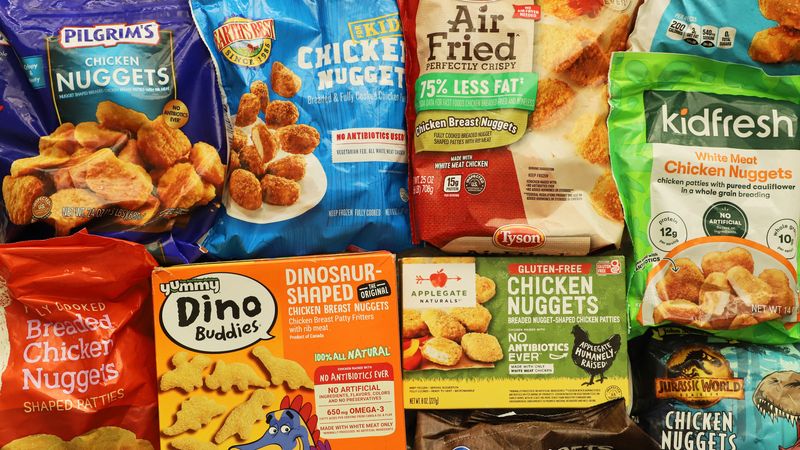
Frozen breaded chicken products like nuggets and tenders might appeal to your inner child, but they’re often made with fillers and low-quality meat. These products are typically coated in oily, sodium-rich breading, masking any nutritional value the chicken might have had. While convenient, these options don’t nourish your body as they should. Opt for homemade versions using lean cuts of chicken and whole-grain breadcrumbs, offering a more wholesome bite that’s kinder to your waistline.
5. Frozen Meat Pies and Pot Pies
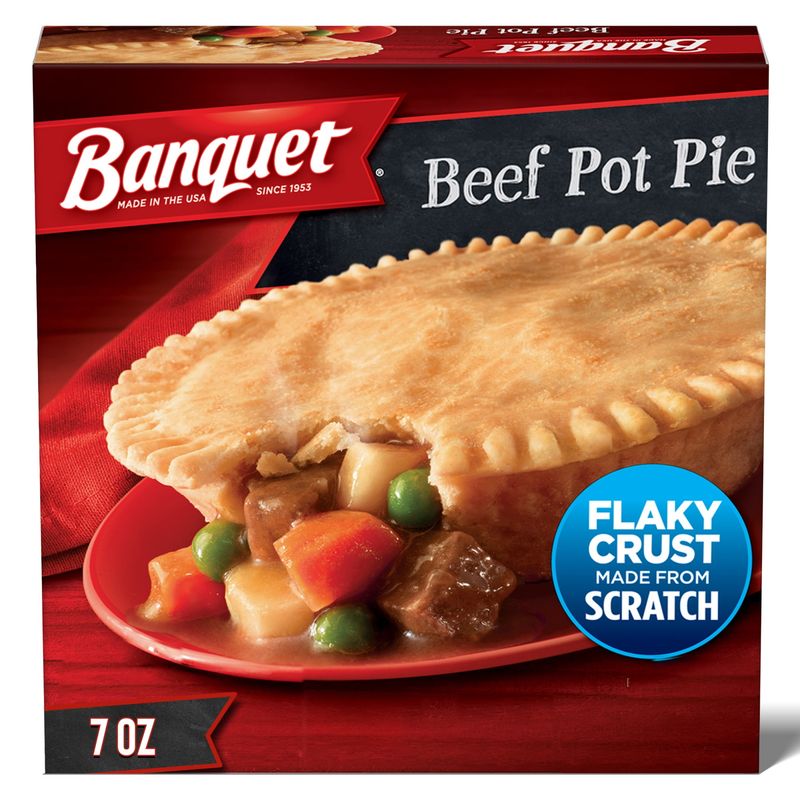
Frozen meat pies and pot pies might look comforting, but they’re a hidden calorie bomb. Packed with trans fats, sodium, and minimal real vegetables, these pies often contain heavily processed fillings. The creamy interior might taste indulgent, but it’s not doing any favors for your heart health. By preparing your pies at home, you can swap out unhealthy ingredients for wholesome ones, ensuring that each bite delights your taste buds and supports your well-being.
6. Frozen Mozzarella Sticks
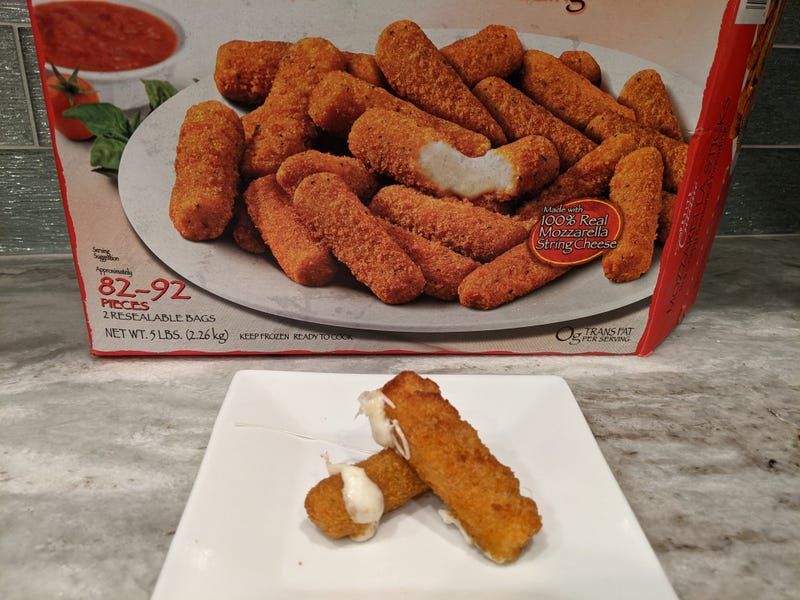
Frozen mozzarella sticks are tempting with their gooey center and crunchy exterior, but they’re a nutritional trap. High in saturated fat and sodium, these sticks provide little more than momentary pleasure. While they may satisfy a craving, they contribute to long-term health concerns if consumed regularly. Opt for a healthier snack that offers real nutrients without the guilt. Homemade versions with baked alternatives can still provide the crunch you crave without compromising your health.
7. Frozen Egg Rolls and Spring Rolls
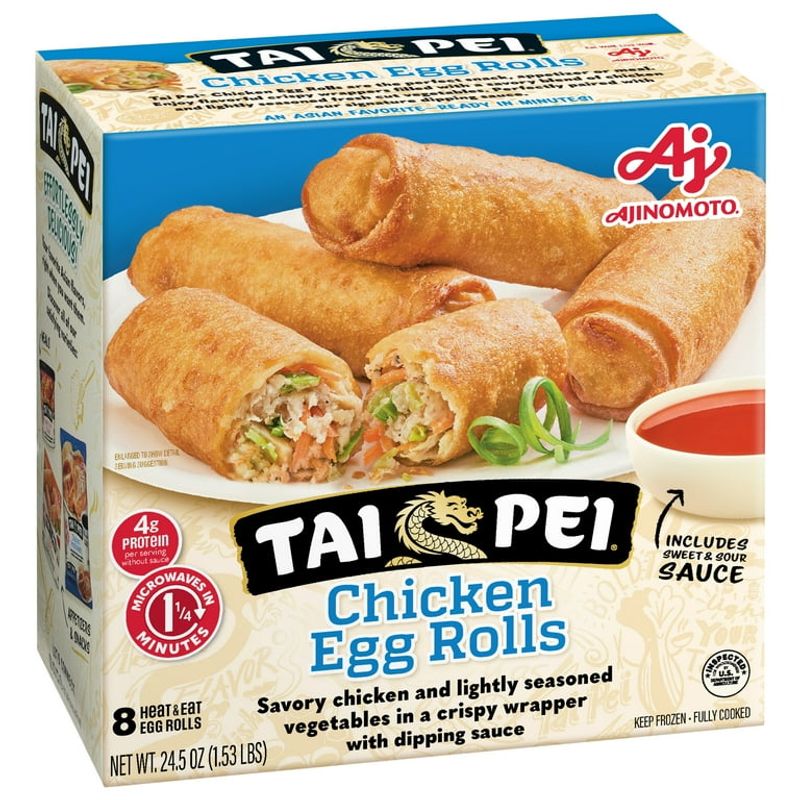
Frozen egg rolls and spring rolls may seem like a convenient side dish, yet they’re often deep-fried before freezing, making them high in fat and salt while offering minimal vegetables. The crispy exterior hides a lack of nutritional substance that doesn’t support a balanced meal. For a fresher take, consider making your own rolls with a variety of vibrant vegetables and lean proteins. Not only will you enjoy a burst of flavors, but you’ll also know precisely what you’re consuming.
8. Frozen Pasta Meals (Cream-Based or “Four Cheese” Varieties)
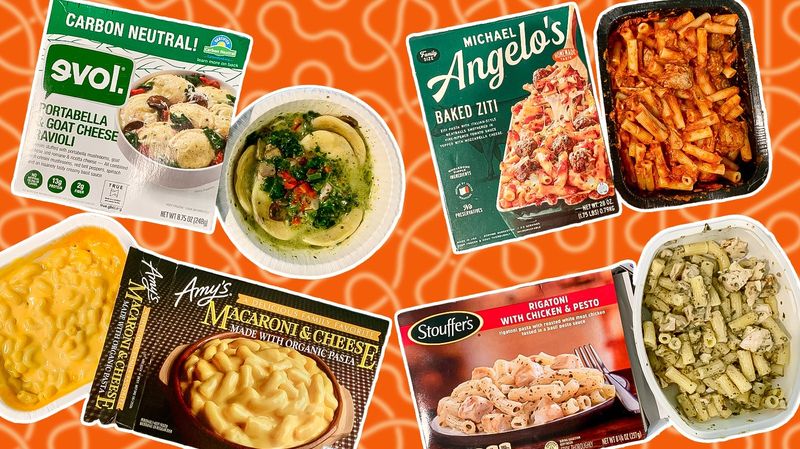
Frozen pasta meals, particularly those with cream-based or ‘Four Cheese’ varieties, are often rich in sodium and saturated fat. Oversized portions and refined carbs might fill you up, but they don’t fuel your body with the nutrients it needs. Opting for whole grains and adding fresh vegetables can make a homemade pasta dish a nutrient-rich experience. By making a few simple swaps, you can transform a meal from a nutritional pothole to a pathway that supports your health journey.
9. Frozen Pancakes and Waffles (With Added Syrup or Filling)
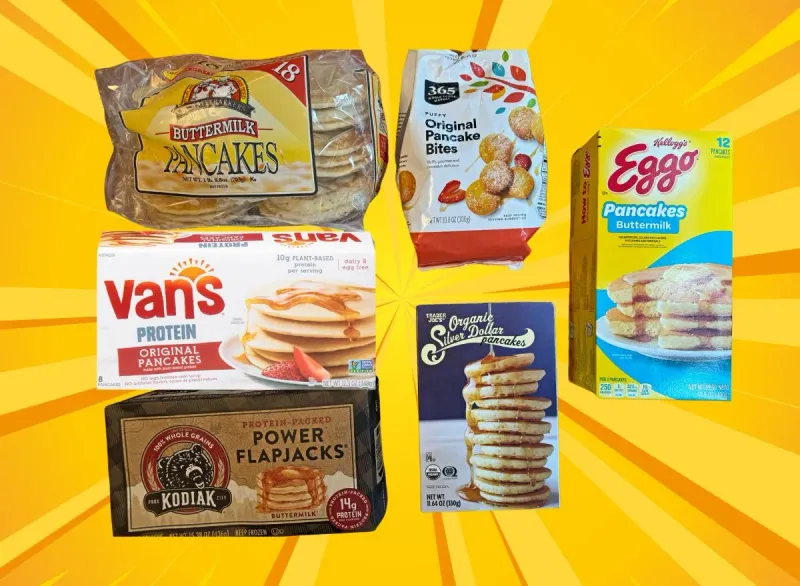
Frozen pancakes and waffles adorned with added syrups or fillings might sound like a treat, but they pack a sugary punch. Loaded with refined flour and minimal fiber, these breakfast items often include artificial flavors that don’t provide any real sustenance. Switch to homemade versions with whole grains and fresh fruit toppings for a breakfast that energizes rather than drains. Your morning meal should be a launchpad for your day, not a quick fix that leaves you craving more.
10. Frozen French Fries and Tater Tots
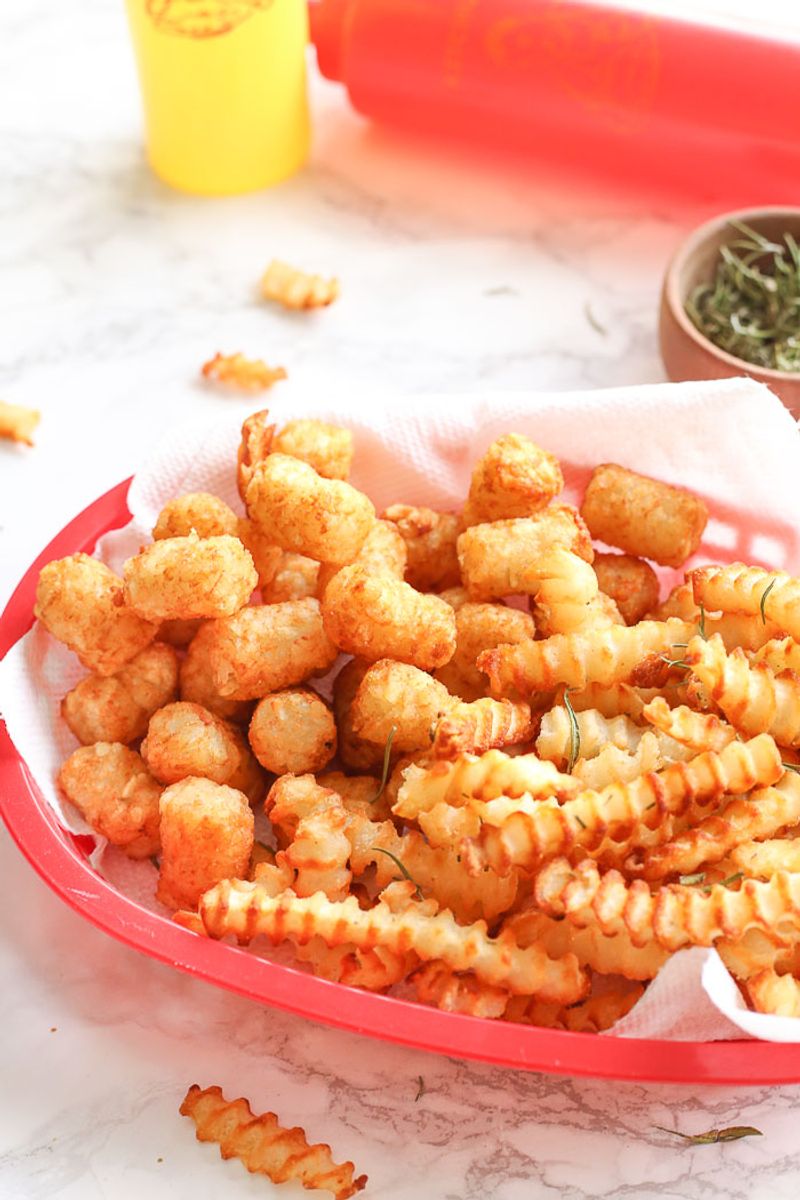
Frozen French fries and tater tots are staples in many households, yet they’re often pre-fried in industrial oils and high in salt. Even baked versions can remain calorie-dense with little fiber, leaving you less than satisfied. Replace these go-to sides with homemade versions using fresh potatoes baked to crispy perfection. With a sprinkle of herbs and spices, you can enjoy the flavors you love without the health compromises. Fresh alternatives offer a delightful crunch that supports your diet goals.
11. Frozen Burritos (Especially Meat and Cheese Heavy)
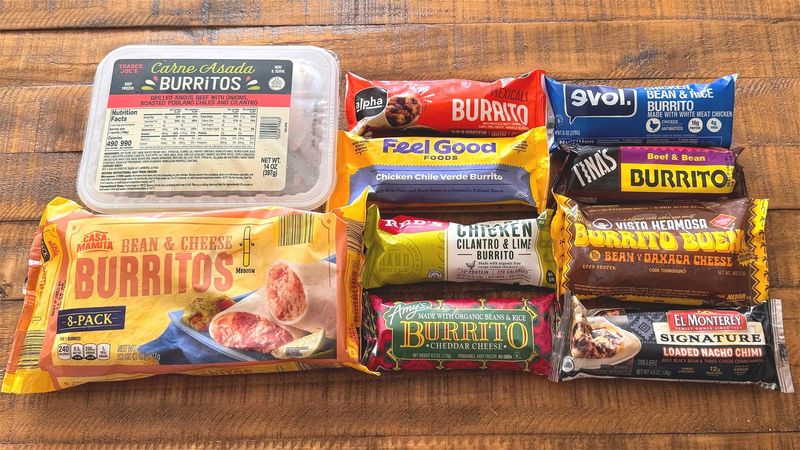
Frozen burritos, especially those heavy on meat and cheese, are often calorie bombs filled with processed ingredients. These burritos typically include artificial flavorings and excess sodium, overshadowing any potential nutritional value. Though convenient, they often leave you feeling bloated rather than nourished. Opting for a homemade burrito allows you to pack it with fresh vegetables, whole grains, and lean proteins, creating a balanced meal that satisfies without the guilt.
12. Frozen Fish Sticks or Breaded Seafood
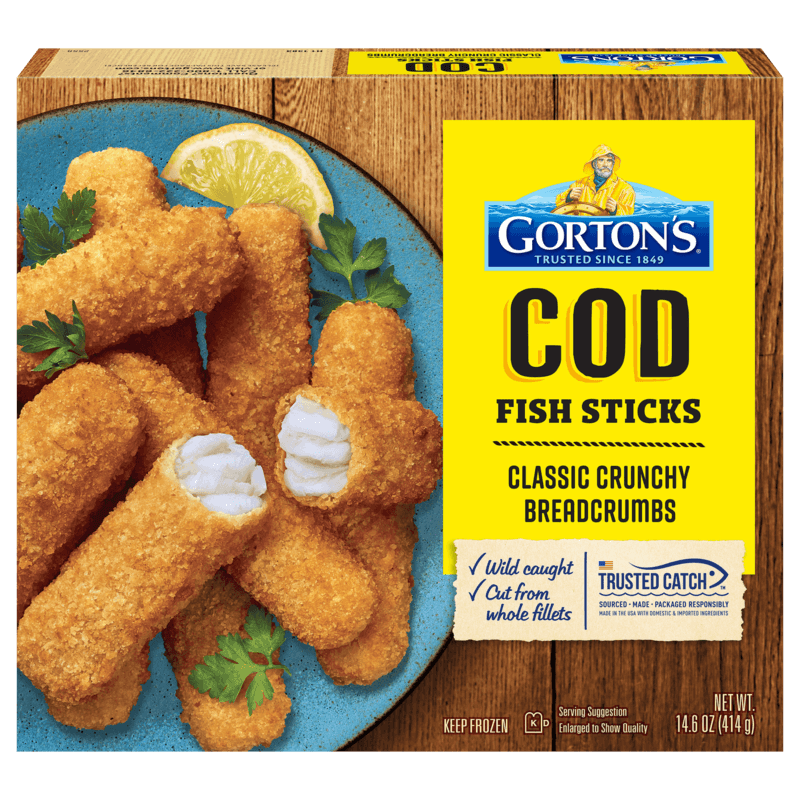
Frozen fish sticks or breaded seafood might seem like an easy way to add fish to your diet, but they often contain low-quality fish. Coated in refined flour and unnecessary preservatives, these options offer little more than a quick meal fix. To truly reap the benefits of eating fish, prepare your seafood with fresh, high-quality ingredients. Grilled or baked fish fillets seasoned with herbs provide a nutritious dish that supports heart health and delights your taste buds.
13. Frozen Quesadillas or Taquitos
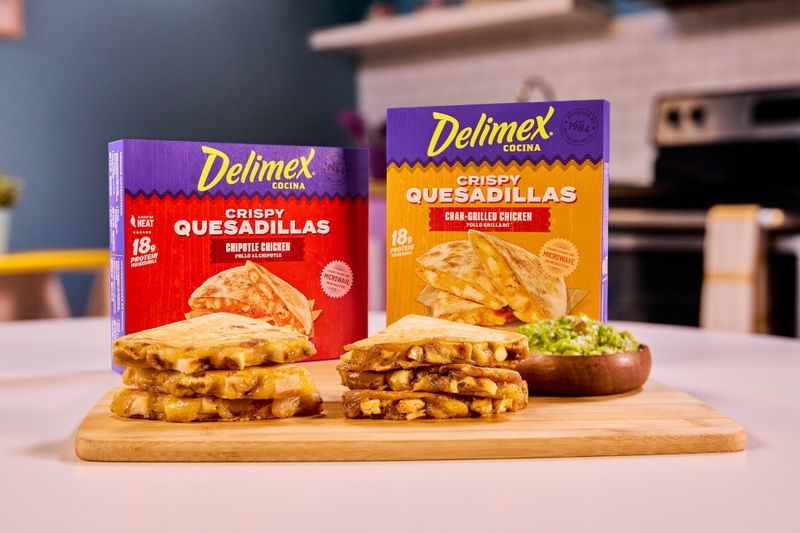
Frozen quesadillas and taquitos often come with a hefty dose of saturated fat and sodium, lacking fresh veggies or lean protein. While they might offer a quick snack, these processed items typically skimp on real flavor and nutritional value. Crafting your own quesadillas at home allows you to experiment with fresh ingredients while controlling the fat and salt content. This homemade approach ensures a satisfying culinary experience that aligns with your health objectives.
14. Frozen Appetizer Platters
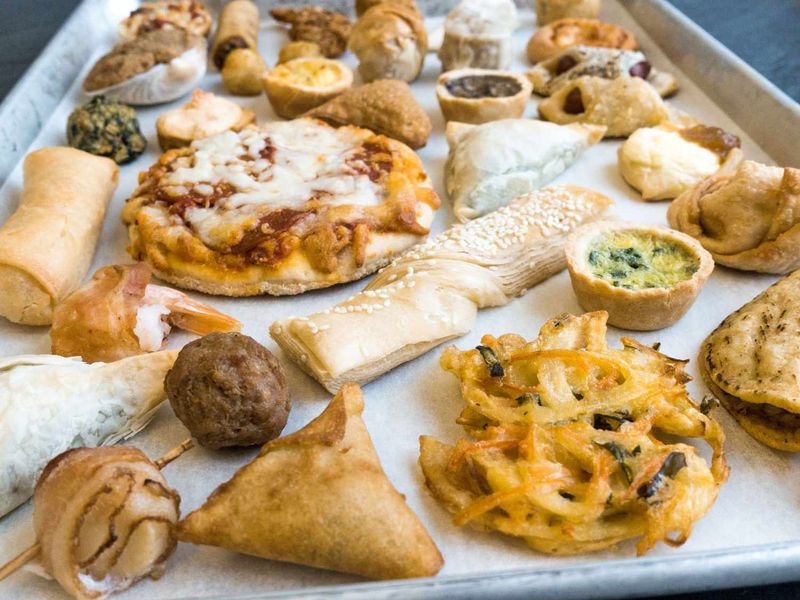
Frozen appetizer platters, featuring items like mini quiches, potato skins, and meatballs, are often heavily processed. Packed with fat, sodium, and artificial additives, these platters might impress visually but fall short nutritionally. Creating your own appetizer spread with fresh ingredients ensures each bite is as wholesome as it is tasty. By opting for real flavors and nutrients, you can entertain with confidence, knowing you’re offering guests something both delightful and health-conscious.
15. Frozen Mac and Cheese
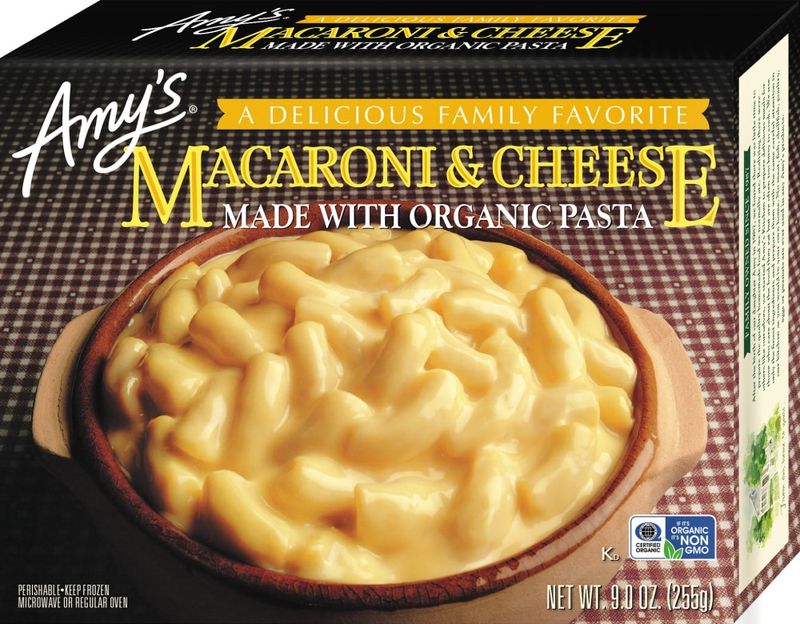
Frozen mac and cheese offers creamy comfort but comes with a hefty serving of saturated fat and sodium. Oversized portions packed with refined carbs don’t support a balanced diet. Crafting this nostalgic dish from scratch allows for healthier choices, such as whole-grain pasta and less processed cheese. By taking the time to prepare it yourself, you can maintain the comforting flavors you love while aligning with your health goals, making each bite both indulgent and nourishing.
16. Frozen Ramen Bowls
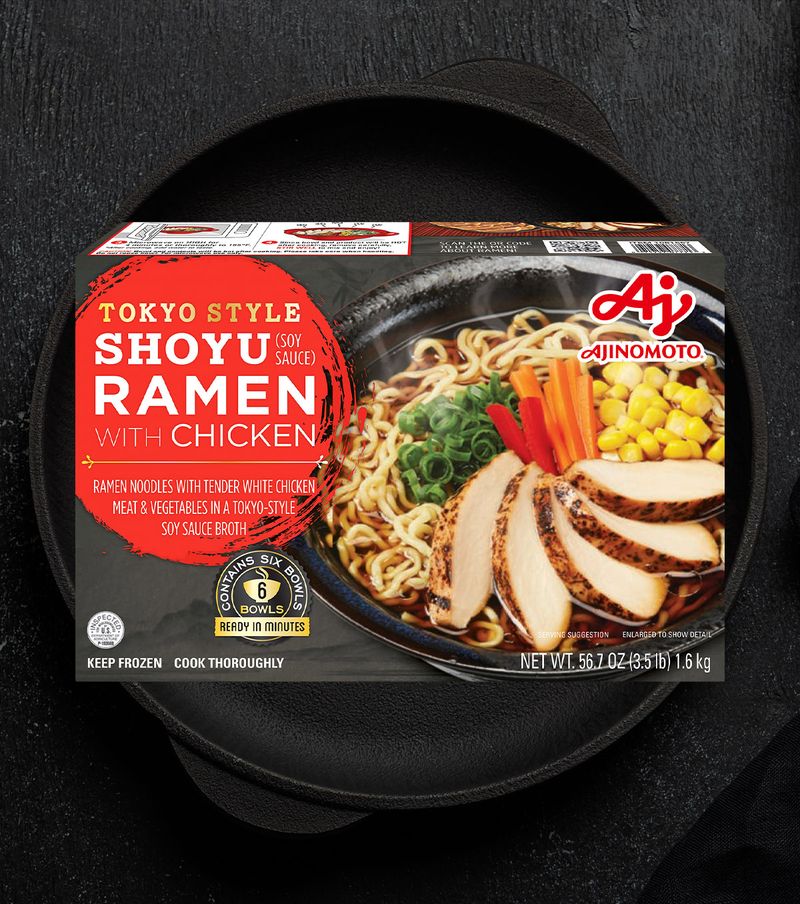
Frozen ramen bowls might promise a quick meal, but they’re often packed with sodium and sugar-laden sauces, lacking in whole grains or lean protein. These bowls may fail to provide the balanced nutrition your body craves. By preparing your own ramen with fresh ingredients, you can enjoy a flavorful meal that’s both satisfying and health-supportive. Incorporate an array of vegetables, whole-grain noodles, and lean meats to transform your bowl into a nutritious masterpiece.
17. Frozen Cheesecake or Cream Pies
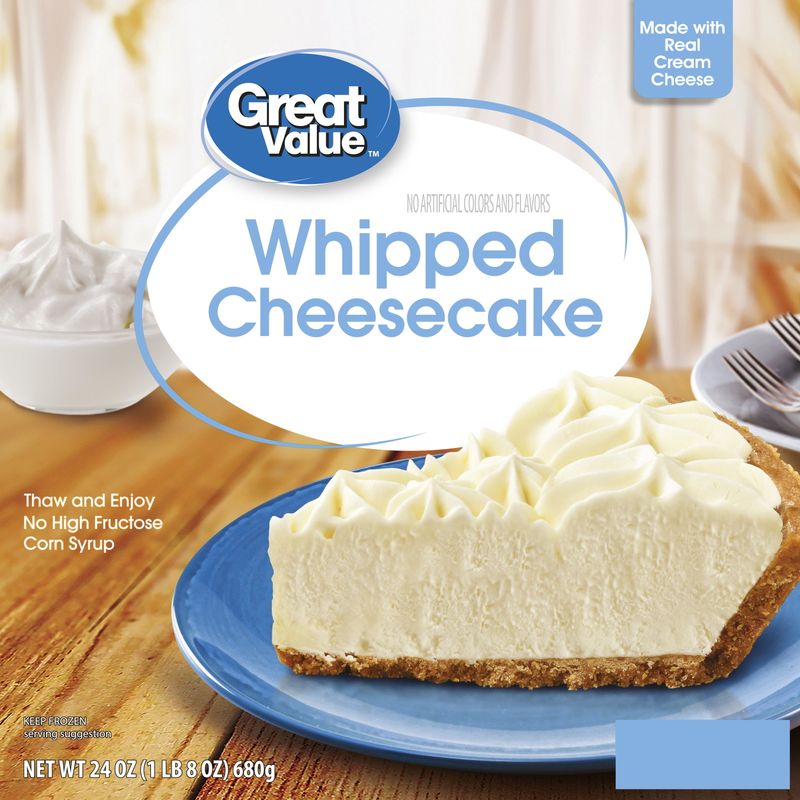
Frozen cheesecakes and cream pies are sugar and saturated fat-heavy desserts that are highly processed. While they may impress visually, these nutrient-poor treats don’t support your health journey. Crafting your own dessert at home offers a chance to reduce sugar and fat content while embracing fresh ingredients. By creating a delightful homemade cheesecake or cream pie, you can savor the sweetness without the guilt, ensuring your dessert feels indulgent and nourishing.
18. Frozen Smoothie Mixes with Added Sugar
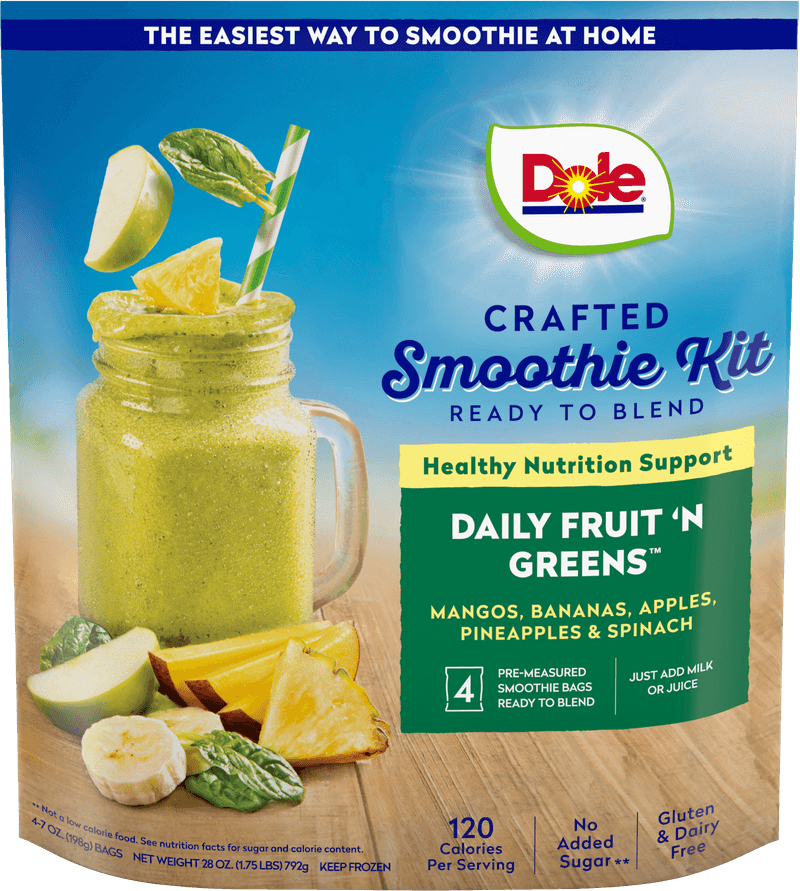
Frozen smoothie mixes with added sugar might seem like a healthy choice, but they often include sugary juice bases or sweeteners. These mixes can turn your nutritious drink into a sugar-laden indulgence. Making smoothies at home with fresh fruits and vegetables allows you to control the sweetness and maximize nutritional content. By choosing fresh ingredients, you ensure that every sip supports your health goals, providing a refreshing and invigorating experience without unnecessary sugars.
